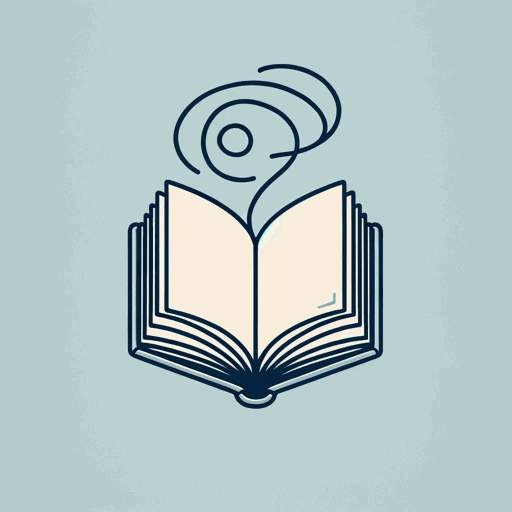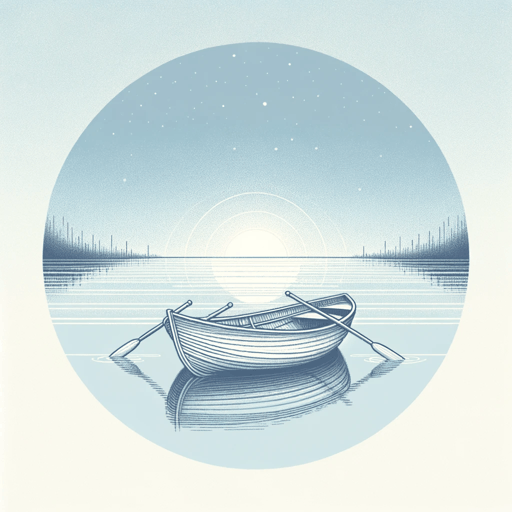61 pages • 2 hours read
Diane SetterfieldThe Thirteenth Tale
Fiction | Novel | Adult | Published in 2006A modern alternative to SparkNotes and CliffsNotes, SuperSummary offers high-quality Study Guides with detailed chapter summaries and analysis of major themes, characters, and more.
Background
Genre Context: Gothic Literature Conventions
Gothic literature gained popularity as a genre during the 19th century, and some of the most famous works of gothic literature are mentioned in The Thirteenth Tale, including Charlotte Brontë’s Jane Eyre and Emily Brontë’s Wuthering Heights. Gothic novels share many of the same features, conventions, and tropes that Setterfield uses throughout The Thirteenth Tale to draw parallels between her novel and classic works of gothic literature.
One important feature of gothic literature is setting. Gothic novels are often set in a crumbling castle or ruin. In the case of The Thirteenth Tale, Setterfield uses Vida’s endless and labyrinthine garden to create the same sensation at her home. In addition, the fire-damaged ruin of Angelfield draws parallels to gothic convention, specifically to Jane Eyre, in which the Thornfield estate is burned to the ground. In addition, Setterfield also sets her novel in Yorkshire, specifically on the moors, the site of the novels Jane Eyre and Wuthering Heights, among others, drawing immediate comparison to those works.
These elements of setting contribute to another gothic convention, which emphasizes an air of mystery, laden with danger and suspense. This sensation is cultivated through many elements, but prominent among them is the weather.
Featured Collections
Appearance Versus Reality
View Collection
Books & Literature
View Collection
Brothers & Sisters
View Collection
Grief
View Collection
Memory
View Collection
Mortality & Death
View Collection
Mothers
View Collection
New York Times Best Sellers
View Collection
Order & Chaos
View Collection
Popular Book Club Picks
View Collection
Truth & Lies
View Collection


